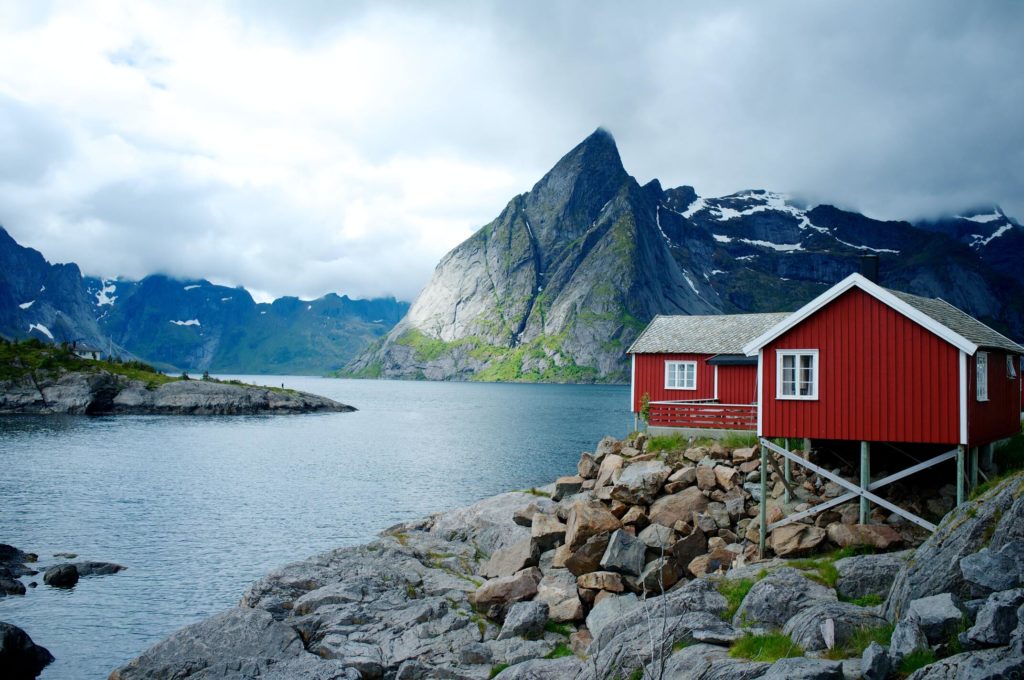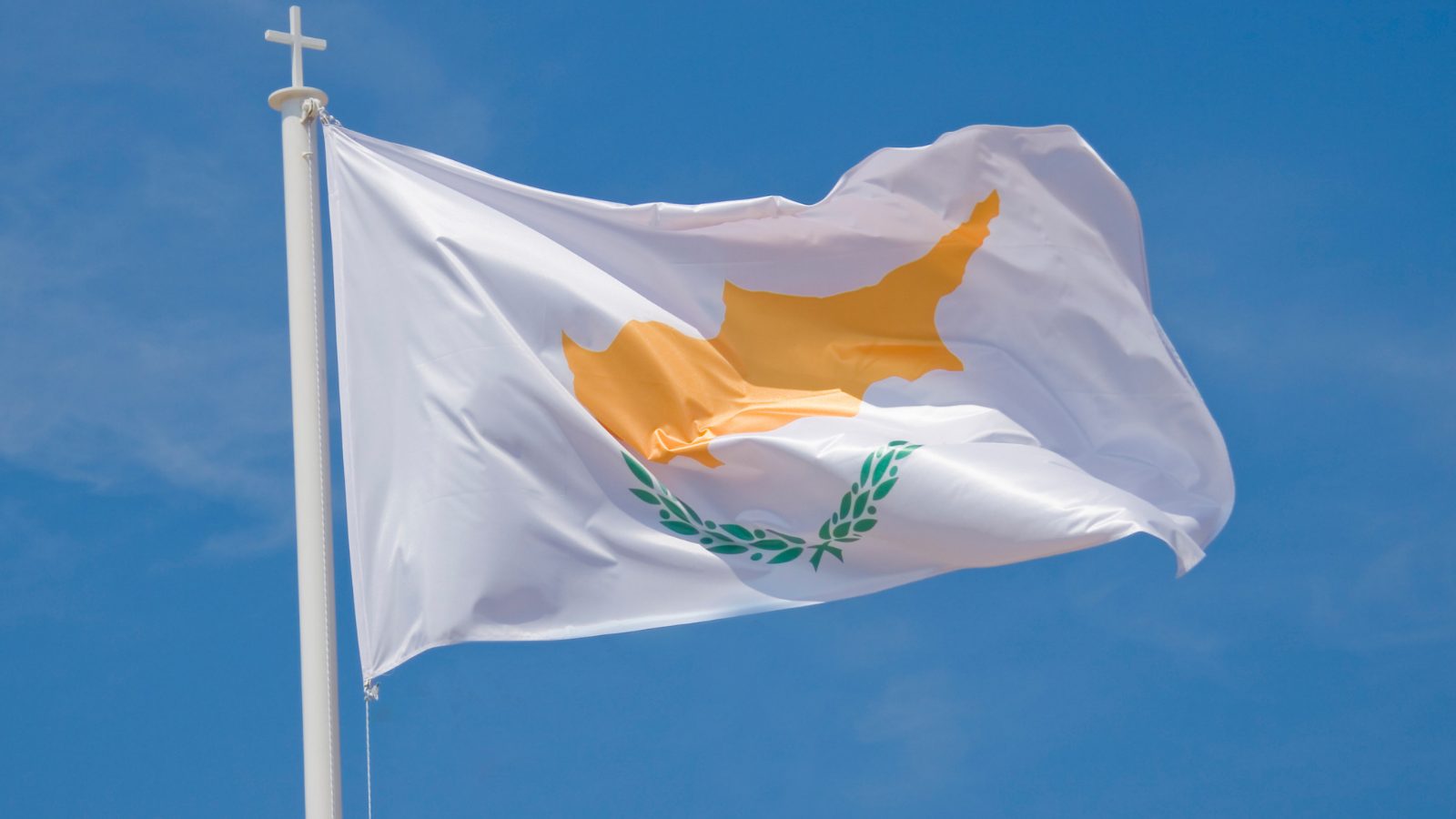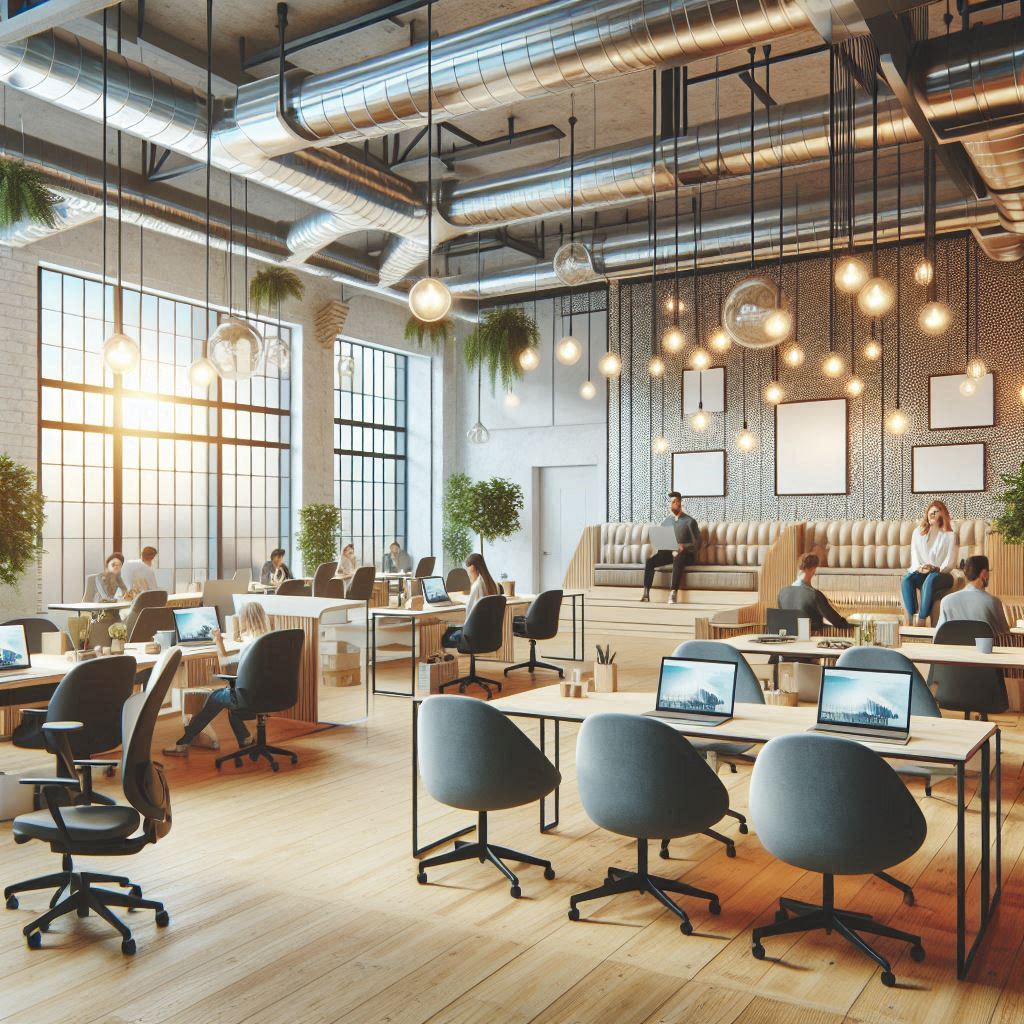Any new country might be a life-changing experience when you move there. It can take a while to get used to a new language, everyday routine, or even just a method of doing stuff. Norway may initially appear to be distinct. However, many cultural contrasts might easily mislead newcomers. Before moving in, it’s crucial to understand as much as you can about your new house. This guide might help you learn more about Norway’s lifestyle and living conditions as well as other topics you should know before moving.

- Lengthy registration period
The lines at the immigration authorities seem to be getting longer each year, and things are particularly bad in the big cities, notably Oslo. Utilize the UDI website to schedule an appointment as soon as you can, and double-check that you have all the necessary documentation.
- Expensive housing
Even if you’ve already chosen the ideal location for your new home, finding a specific house will be difficult.
In Norway, getting a flat, a room, or a home is an expensive endeavor. Before agreeing to a lease, many owners want an upfront payment of the first month’s rent plus security equal to three months’ worth of rent. Although certain landlords may accept less as a deposit, these properties are in high demand.
- Difficult bank procedures
Establishing a checking account can be difficult without a Norwegian residency and a valid ID card. The issue is that to rent a home in Norway, you often require a credit card, and to get an Id card, you need to have a physical location. For the first several months of your stay in Norway, you might have to depend on a foreign banking card.
- Driver license
Your driver’s license will only be good for three months if you are not from an EU/EEA nation. You’ll need to trade it in for a Norwegian one to continue traveling after this point. The procedures for doing this vary depending on the nation that granted the permit. But the majority of people will need to pass at least a driving test, with some also needing to complete a full first-time driver training course.
- Domestic flights are extensive
For a day vacation to Bergen or an important business conference in Oslo, Norwegians have no problem boarding a plane. Simply put, it is considerably faster than driving or taking public transportation. There are many domestic flight options offered by SAS, Norwegian, and Widere. One week before the flight, tickets are usually more affordable.
- The daily routine of locals
The time for a light lunch for Norwegians is usually between 11 am and noon. Some workplace cafeterias are only accessible until noon, and they rarely stay open past that time.
Diners are busiest around 5 pm and 7 pm when most meals are consumed at home. It can be challenging to find a restaurant after 9 o’clock in certain smaller towns.
- Beer before eight
Except if you visit a bar or diner, Norway continues to have strict laws regarding liquor, and grocery stores are only permitted to sell pints with a maximum alcohol level of 4.7% up until 8 p.m. on weekdays, 6 p.m. on weekends, and not at all on Sundays.
The official off-license Vinmonopolet sells stronger beverages and liquors, but their business times are much shorter.
- Healthcare costs
Healthcare costs a lot of money, but there are significant subsidies. Everyone pays for their medical expenses up to a set amount under the Norwegian medical program.
The state pays for everything else. There are various exclusions, but generally speaking, a doctor’s consultation costs about 150NOK.
- Personal space
Individuals in Norway value their living privacy, thus it should be honored. When speaking with someone, keep your distance and repress the urge to hug them or put your arm around their shoulders. In other words, don’t take a chance until you’re positive that your behaviors won’t make your new buddies feel incredibly uncomfortable.



